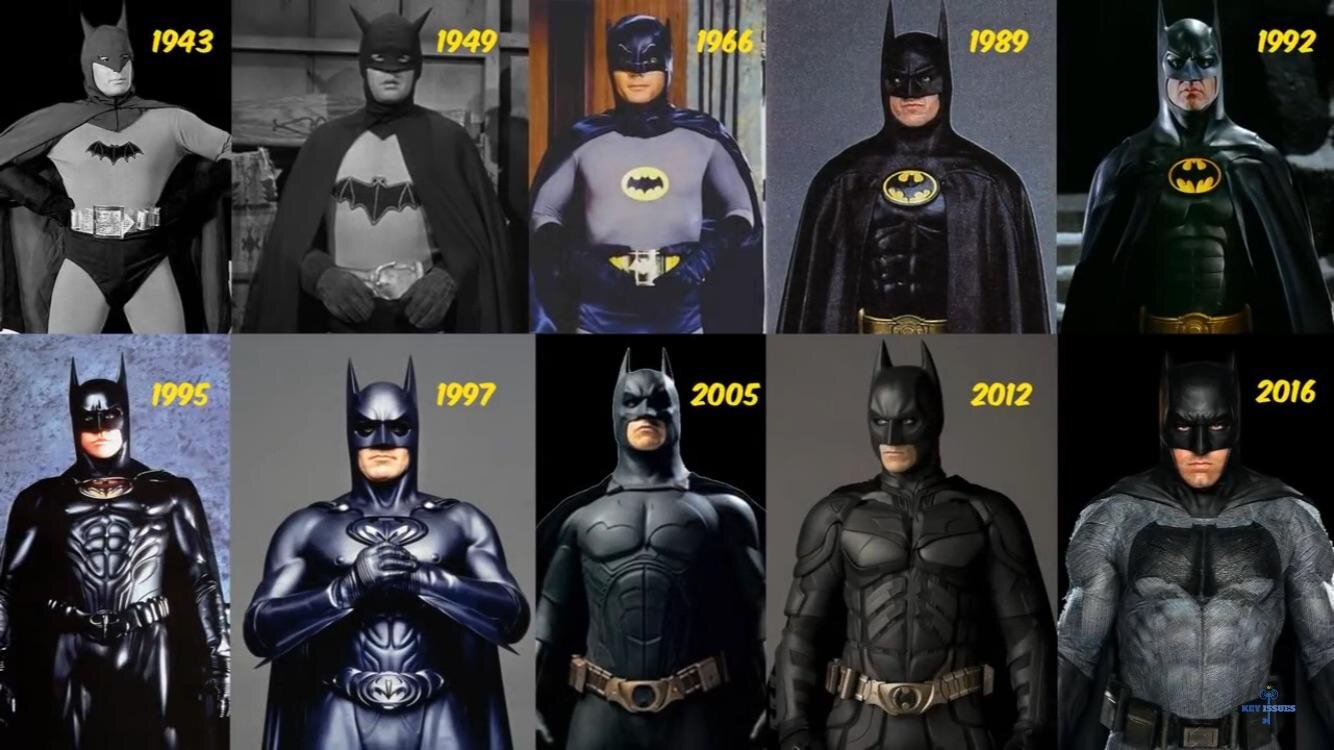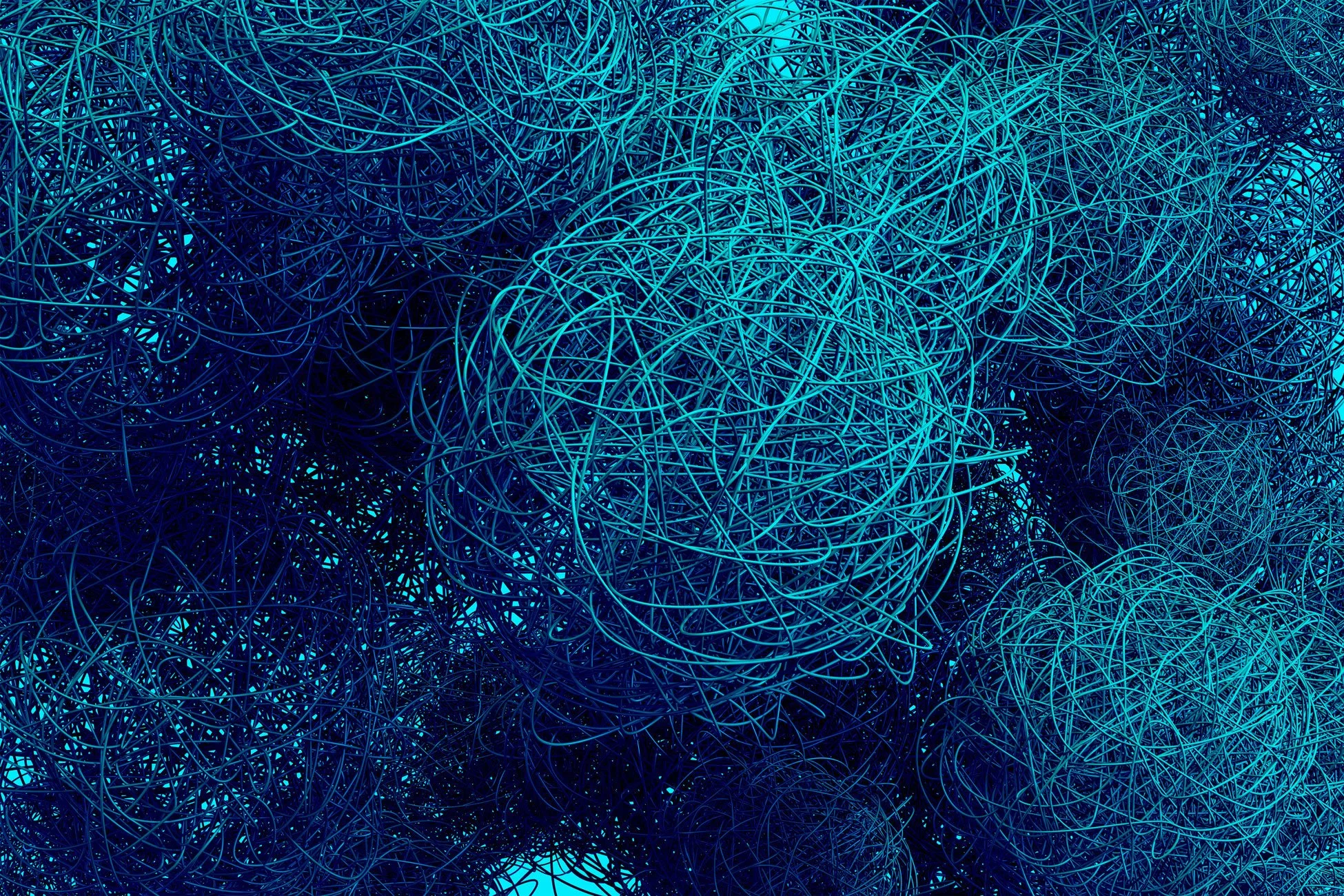Ever wonder what it might be like to be a real-life superhero?
Even though you might lack adequate martial arts training or may not have a Batmobile parked in your driveway, but still could be in luck! Or at least, that is, when it comes to producing your very own Batsuit.
Batsuit Evolution
Since Batman's inception in 1939, his appearance and suit have undergone many alterations and upgrades. The first Batsuit was a simple one-piece spandex bodysuit with no advanced features other than a bright yellow utility belt and a comically tight fit.
It was not until 50 years later in 1989, that director Tim Burton introduced the world to a much more somber iteration of the Dark Knight, along with a grim Batsuit to match. This persona of a tortured and complex Batman has been used as inspiration for all the subsequent films, with the elements that make up Batman's costume serving two functions:
1.
Intimidate Villains
2. Protect Batman
To do this, the Batsuit not only needs to fit well but also incorporate light-weight fabrics that possess incredible strength and durability.
During the late 80s, when Batman was starting his gothic phase, one such material capable of satisfying there requirements for a Batsuits' form and function was Kevlar, which is bulletproof, heat-resistant, and somewhat flexible. The more you layer the material, the stronger it gets, making it ideal for armor inserts to protect vital organs.
However, thanks to advancements in nano-tech production and manufacturing techniques, the development of the more modern material Spectra™ has positioned it as a better fabric choice when it comes to making the remainder of the suit.
Bodysuit - SPECTRA™
Unlike its bulkier counterpart, Spectra is a non-woven fabric, making it more flexible and 40% lighter. Compared with the durability of steel, Honeywell-Spectra boasts that it's 15X stronger.
15X!
It's not magic; it's science. The new-age fabric consists of ultra-high molecular weight polyethylene fibers, which is basically a gel spun and bonded to create a puncture-proof textile.
Most recently, the United States Armed Forces has used Spectra to produce the Interceptor Multi-Threat Body Armor System (IBA), a bulletproof tactical vest. Without a doubt, this sort of fabric is an ideal choice for the bulk of Batman's exoskeleton, including its chest, arm, and leg armor.
To manipulate the material, Mr. Wayne—er, we mean...Batman would do best to partner with a high-tech industrial manufacturer such as CustomFab USA, which has the ability to laser cut tactical gear to perfection, and employees an in-house workforce of more than 350+ skilled laborers that respect a customer's Intellectual Property, protecting it from duplicitous villains attempting to rip it off.
Grappling Hook - DYNEEMA®
For suit components that require more elasticity and stretch, Dyneema would be the fabric of choice due to its stretching capabilities and higher breaking strength in larger diameters. Batman's grapple gun, for instance, could be made with a durable Dyneema cord, making it entirely possible to carry one man's full weight from one building rooftop to another.
Furthermore, a cape made from Dyneema could easily bend and extend while remaining nearly indestructible as one soars through the air.
Non-essential Style Accents - Cordura®
The last substantial fabric that would be useful in creating a real-life Batsuit is Cordura, a synthetic fiber blended from nylon, cotton, and other natural threads. One could use the Cordura as a method to encasing Kevlar armor pieces.
Bringing The Dream To Life
Jackson Gordon, a Philadelphia University student that is both an industrial design major and a Batman fanatic, took the time to bring the fantasy to fruition. To build the suit, Gordon raised $1,255 on Kickstarter, producing a custom made with Kevlar and Cordura that is capable of withstanding punches, machetes, and baseball bats.
To increase the durability of such a suit, one would want to use as much Spectra as possible; however, the Bill of Materials cost would quickly go way up. This could be a problem if you're a college student on a budget, however, if you're Bruce Wayne and money is not a problem, then the Batsuit of your dreams is finally within reach.
CustomFab USA specializes in bringing the most intricate and cutting edge technical products to life at an industrial scale.
Sewing Contractor Blog Categories
- AI in Manufacturing
- American Manufacturing
- Announcements
- Business Efficiency
- Business Strategy
- Compliance
- Contract Sewing
- Contract Sewing History
- Cut and Sew Technology
- Design Inspiration
- Environmental Impact
- Hardware
- Industrial Sewing
- Industry Tips
- Industry Updates
- LEAN
- Made in America
- Made in the USA
- Manufacturing
- Manufacturing Interview
- Manufacturing Partnership
- Manufacturing Technology
- Master Makers Series
- Medical
- Military Gear
- Patriotic
- Policy & Compliance
- Quality Control
- Reshoring
- Sewing Contractor Trends
- Sewing News
- Skilled Sewing Workforce
- Sporting Goods
- Supply Chain Management
- Sustainable Manufacturing
- Tax Incentives
- Textile Innovation
- Threads of Transformation
- White Label Benefits
- contract sewing tips


















